|
Northern Harrier looking for breakfast at Historic Canoa Ranch in the middle Santa Cruz Valley to the west of the lake and cienega. This view is looking east toward the Santa Cruz River. Historic Canoa Ranch comprises approximately 4,800 acres of permanent open space and wildlife habitat, originally the southern end of the 500,000 acre Manning homestead and ranch. It is being restored with the help of the Pima County 2004 Historic Preservation Bond Program approved by voters in 2004. Entrance to the park is off of I-19, just south of Green Valley, see map below. When the ranch was active in the 1930's and 1940's the Mannings created a lake which dried up after the ranch closed down but has now been restored with an adjacent cienega to the north, see the photograph of the interpretive signage below. The Santa Cruz River and the De Anza Trail run through the property on the eastern side. The location of the park in the Santa Cruz Valley, combined with the lake and cienega make it an ideal location for a wide variety of birds. (Reference: The History of Canoa Ranch) Great Blue HeronCanon R6, RF 100-500mm with 1.4x Extender, 420mm, 1/2000 sec., f/10, ISO 1000, -1/3 EV. Great Blue Herons are common visitors to the lake, but on Wednesday November 9th this heron decided to look for food to the east, taking him over the walking path, and through the fence. It is hard to "go wide" with a telephoto lens and extender, so I got some really "up close and personal" shots. This bird did not seem bothered by the several birders on the trail. In the image below, the heron is fishing in the shallows to the east of the lake. They use their long sharp bill to spear fish as well as amphibians, reptiles, small mammals, insects, and other birds. Vermilion FlycatcherCanon R6, RF 100-500mm with 1.4x Extender, 700mm, 1/5000 sec., f/10, ISO 2500, +2/3 EV. The Vermilion Flycatcher is a Tyrant Flycatcher in the Family Tyrannidae, Order Passeriformes. They are regular residents of SE Arizona, including the city of Tucson. The female is shown at Canoa Ranch above, sitting on a branch waiting for a flying insect to come by.
Now that we know what a mature male looks like, let's take a look at the three images below captured at Canoa Ranch last Wednesday. This is an immature male just coming into adult plumage with red coming into the breast and head. Many immature birds will look like mature females initially, and this bird on this day looks like a gemish of mom and dad. Soon he will be a bright red male, but right now he is at that awkward stage. Please don't laugh, he might hear you! Canon R6, RF 100-500mm with 1.4x Extender, 700mm, 1/3200 sec., f/11, ISO 10000, +1/3 EV. White-crowned SparrowCanon R6, RF 100-500mm with 1.4x Extender, 700mm, 1/2000 sec., f/10, ISO 640, +1/3 EV. White-crowned Sparrows breed in the northwest U.S. and Canada and far north across Canada and into Alaska. They winter in the U.S. and Mexico, being regular winter visitors in Arizona. They are large sparrows with a small bill and long tail. Mature birds have bold black and white stripes on the head, with a pink or yellow bill. Expect to see them around the lake and in the cienega on almost any trip to the ranch. Northern HarrierCanon R6, RF 100-500mm with 1.4x Extender, 700mm, 1/5000 sec., f/11, ISO 10000, +2/3 EV. Northern Harriers are raptors present throughout North America, breeding in the north central U.S. and into Canada, and wintering to the south, including Arizona. They feed on small mammals and birds, and have a distinctive hunting behavior, cruising low over fields with their head angled down at 90 degrees. Unlike other hawks they depend on auditory as well as visual cues to find prey, and have facial discs similar to owls. They have the ability to hover over their prey before diving for the kill. So, when the British developed a fighter jet in the 1960's that could fly and hover, they named it the Harrier. This bird is on the hunt cruising over the fields to the north and east of the lake. It was a windy day, and he was riding on the wind looking for prey below. Canon R6, RF 100-500mm with 1.4x Extender, 700mm, 1/5000 sec., f/11, ISO 10000, +2/3 EV. The image below was taken at White Water Draw in November of 2015. I was fortunate to find this bird cruising right in front of the walking path. One can see the typical position of the head while hunting and the owl like facial discs. Canon 6D with Sigma 150-600mm C at 600mm, 1/2000 sec., f/9.0, ISO 800, 0 EV. Red-tailed HawkCanon R6, RF 100-500mm with 1.4x Extender, 700mm, 1/2500 sec., f/10, ISO 2500, +2/3 EV. The Red-tailed Hawk is probably the most common raptor in North America, living year round throughout the U.S.and breeding in Canada and Alaska. They have variable plumage with colors varying from dark (most common) to light (seen here) and rufous (red) morph, but with a universally reddish dorsal (upper side) tail. They have broad rounded wings and a short wide tail, with a dark bar, seen clearly here, between the shoulder and the wrist. The red tail is best seen from above. Their diet consists mostly of small mammals, and occasional birds and snakes. This bird was soaring above the fields on both sides of Interstate 19. I think the reddish tail can be seen in the last two frames. American KestrelCanon R6, RF 100-500mm with 1.4x Extender, 700mm, 1/2000 sec., f/11, ISO 4000, +1 1/2 EV. Not only did we see a Red-tailed Hawk sailing on the winds, but two other raptors, the American Kestrel seen here and the Merlin which follows. The American Kestrel is North America's smallest falcon, roughly the size of a Mourning Dove, but with larger heads. They commonly perch on high branches or telephone wires, grabbing insects in the air or mice and voles from the ground. They frequent open areas with short ground vegetation and sparse trees, including meadows, grasslands, parks and farm fields, as well as more urban locales. Here we see a Kestrel soaring on the wind, likely taking advantage of a windy day. In general birds will look for food in the most efficient manner. Most hawks and vultures will wait for rising thermals before taking to the air, moving south during the winter to take advantage of warmer winds. For good images of a perched female American Kestrel eating lunch, see this post from 2021, Lunch Time in Ft. Lowell Park. Note: if seeing a bird eat another bird is not your thing, skip the link and continue to read below . . . . MerlinCanon R6, RF 100-500mm with 1.4x Extender, 700mm, 1/2000 sec., f/10, ISO 1250, +1 EV. Wednesday was a big day, two falcons in the air! Merlins are described as fierce falcons that use surprise attacks to bring down small songbirds and shorebirds. They live in northern South America, and throughout Central America, Mexico, the U.S. and Canada, wintering to the south and west and breeding in northern Canada and Alaska. This bird is a winter resident. They are not much bigger than an American Kestrel, they are heavier, and known for rapid wingbeats and dark coloration. Like all raptors, the female is larger and heavier than the male. Of note: Medieval European noblewomen, including Catherine the Great and Mary Queen of Scots, used Merlins for sport to hunt Skylarks. (Ref: All About Birds). Spotted SandpiperCanon R6, RF 100-500mm with 1.4x Extender, 700mm, 1/2000 sec., f/10, ISO 1000, -1 EV. Spotted Sandpipers are small shorebirds common in the U.S. coast to coast, often well away from any "shore." They breed in the northern half of the U.S. and into Canada and Alaska, and winter south almost to the tip of South America. This bird is wintering in SE Arizona in winter plumage, without spots on the breast. Spotted Sandpipers eat mostly small invertebrates such as midges, mayflies, flies (particularly their aquatic larvae), grasshoppers, beetles, worms, snails, and small crustaceans. Spotted Sandpipers are active foragers—in addition to probing into sand or mud with their bills like most sandpipers, they also lunge at moving prey, pick insects off plants, or snap at airborne prey. To show that Spotted Sandpipers do in fact have spots in breeding season, I have included an image from Pipe Creek on Lake Erie from May of 2022, below, a breeding adult with spots! RedheadCanon R6, RF 100-500mm with 1.4x Extender, 420mm, 1/2000 sec., f/10, ISO 3200, +1 EV. Let's close with one of the many ducks that float and feed on the pond at the ranch. Above is an adult male Redhead, a duck that winters in Arizona and the southern U.S. and all of Mexico and breeds in the Great Plains and the western U.S. as well as Canada. The males sport bright cinnamon-red heads, black chest and rear and gray body. The bill is gray with a black tip. They are diving ducks who may also dabble in shallow waters, eating submerged plants, as well as invertebrates, fish eggs, as well as snails, mussels and clams. Special thanks to my friend and photography/birding buddy Bob Reese for his quick eye spotting flying raptors, and his rapid bird ID. I would have missed about half of the content of this blog without him! That's all for now.
It is a great time to visit Historic Canoa Ranch! Happy Trails!
2 Comments
|
AuthorHenry Johnson, photographer and author of this site. For more detail, see About
Categories
All
Archives
July 2024
|
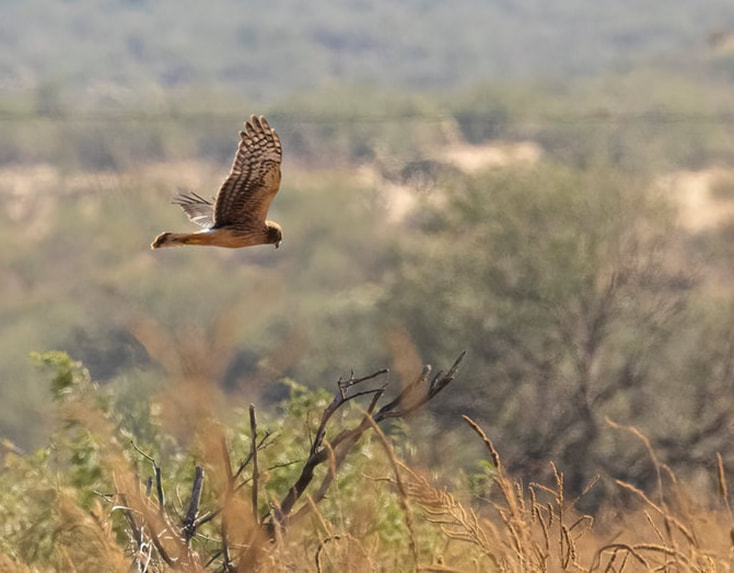
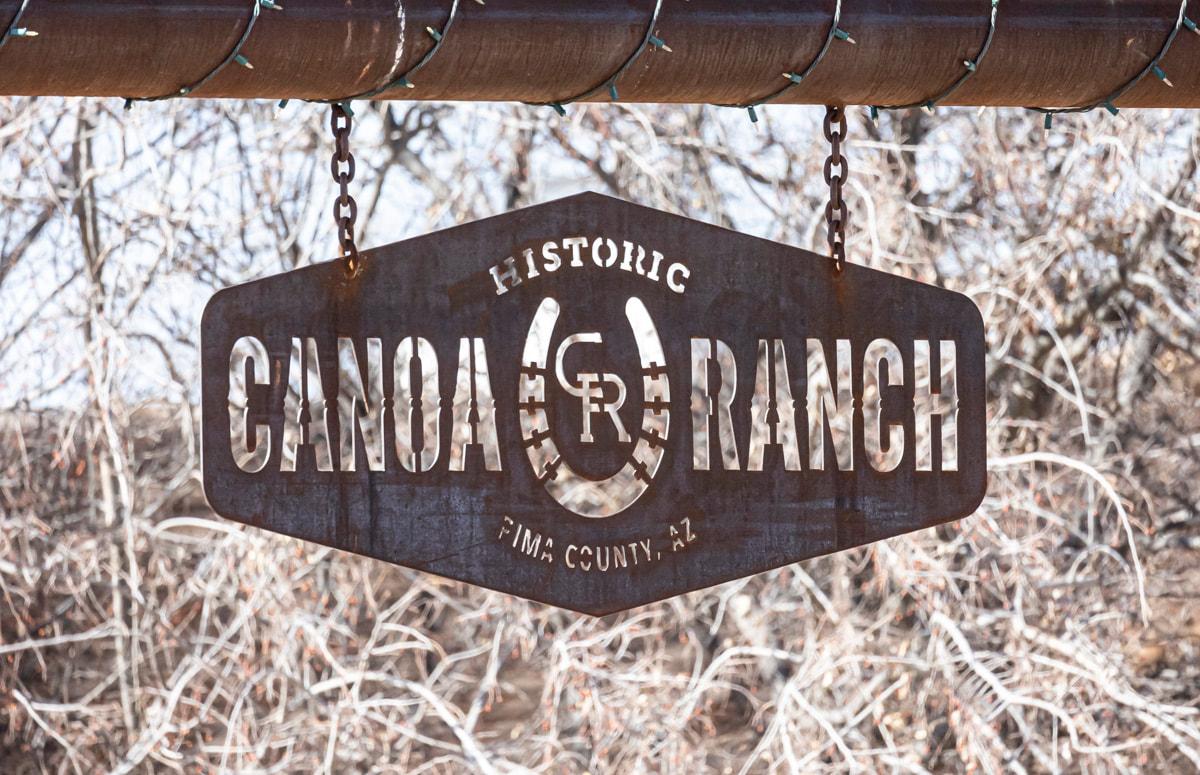
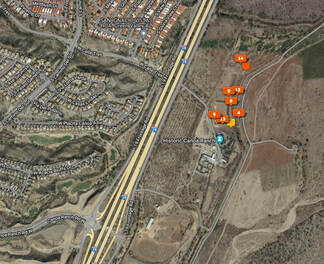
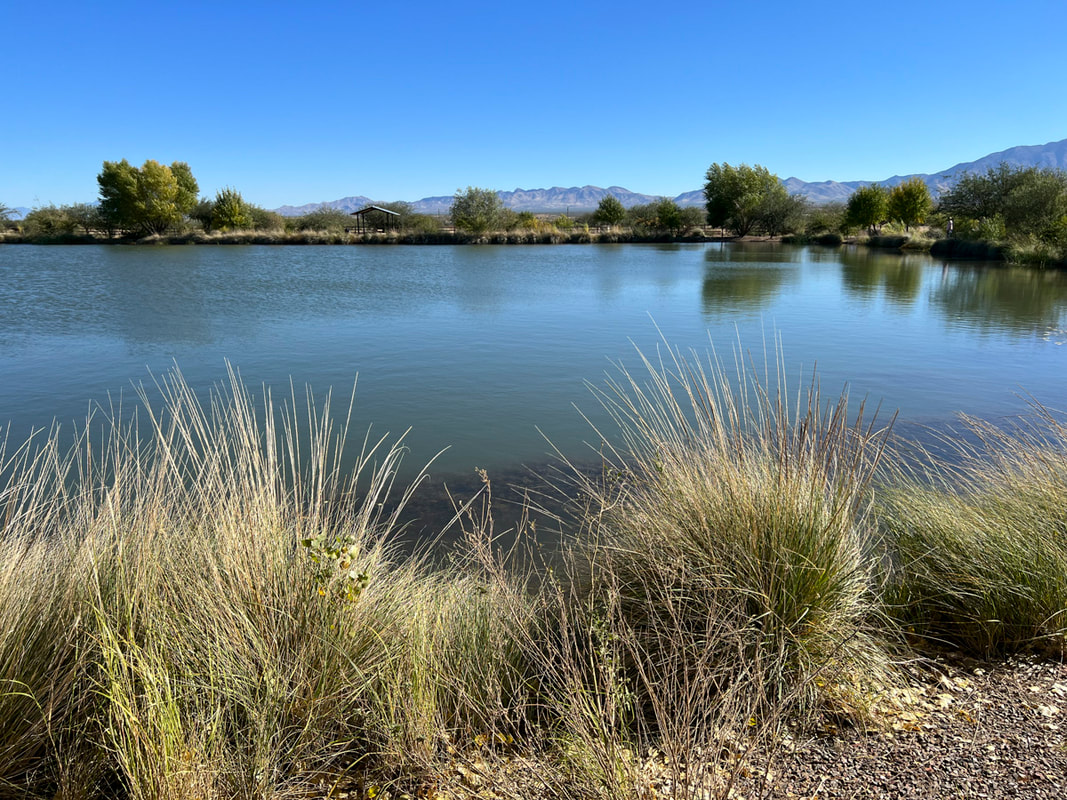
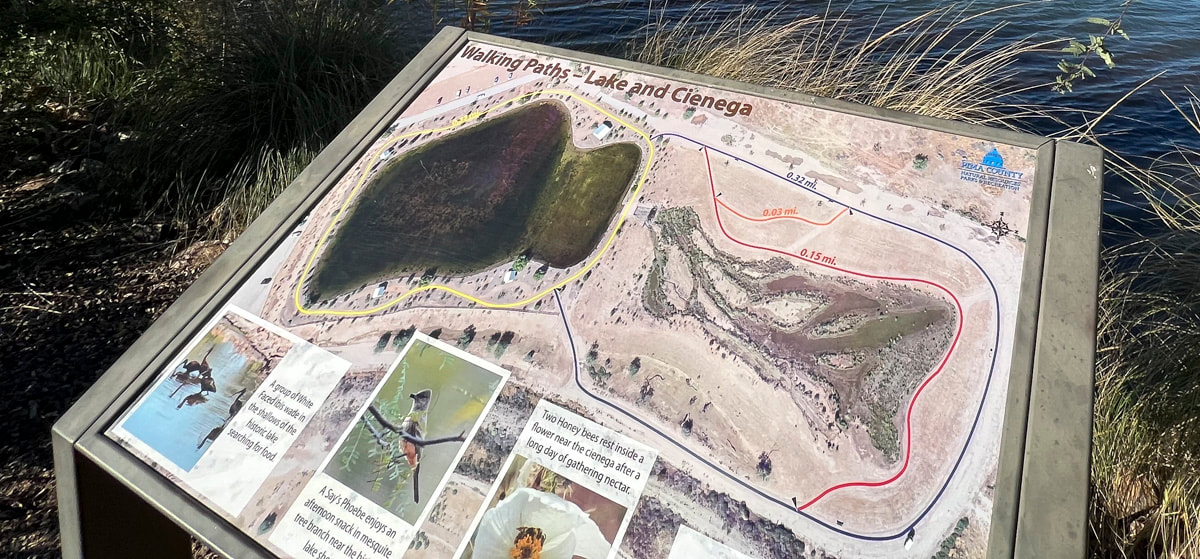
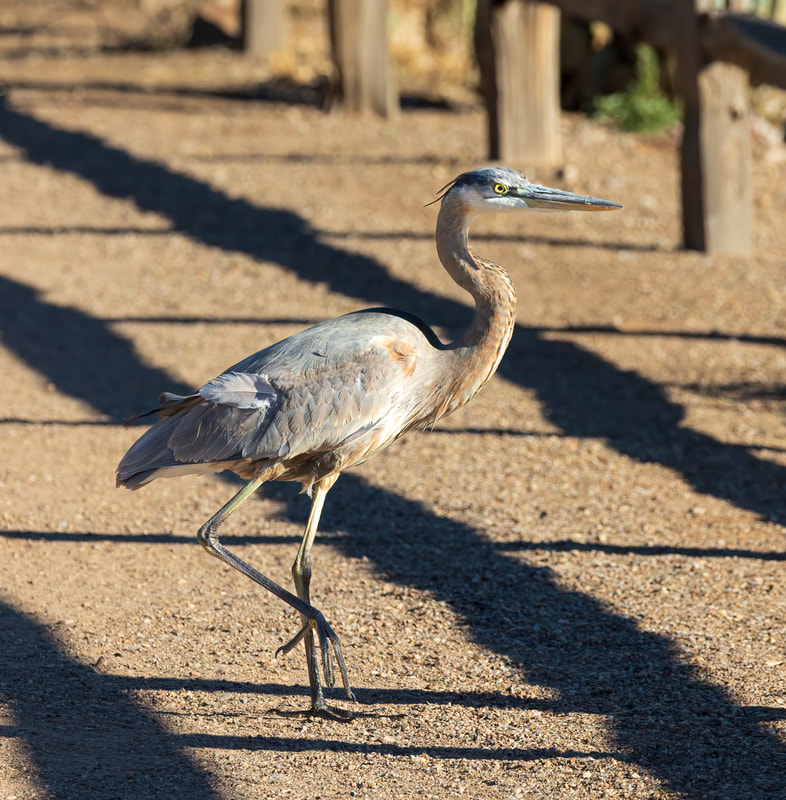
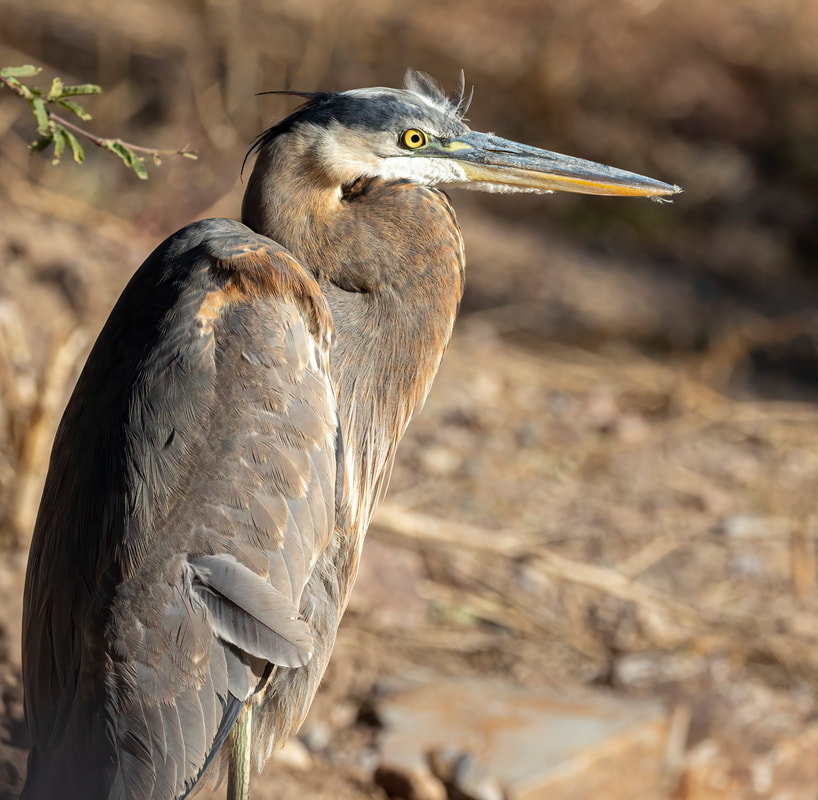

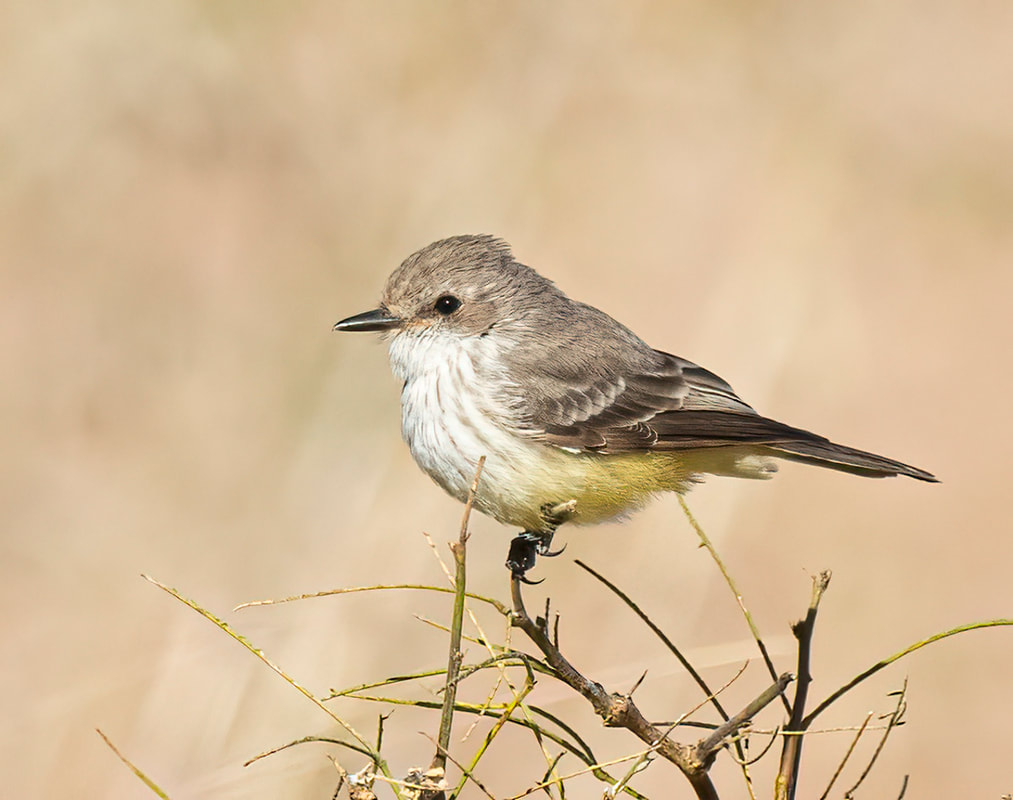
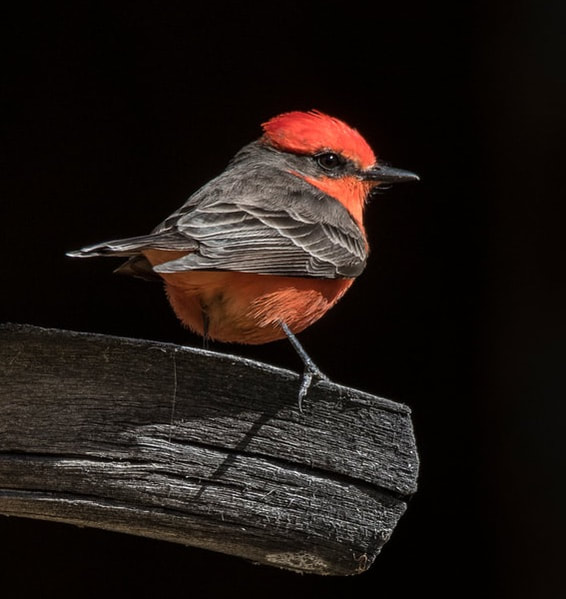
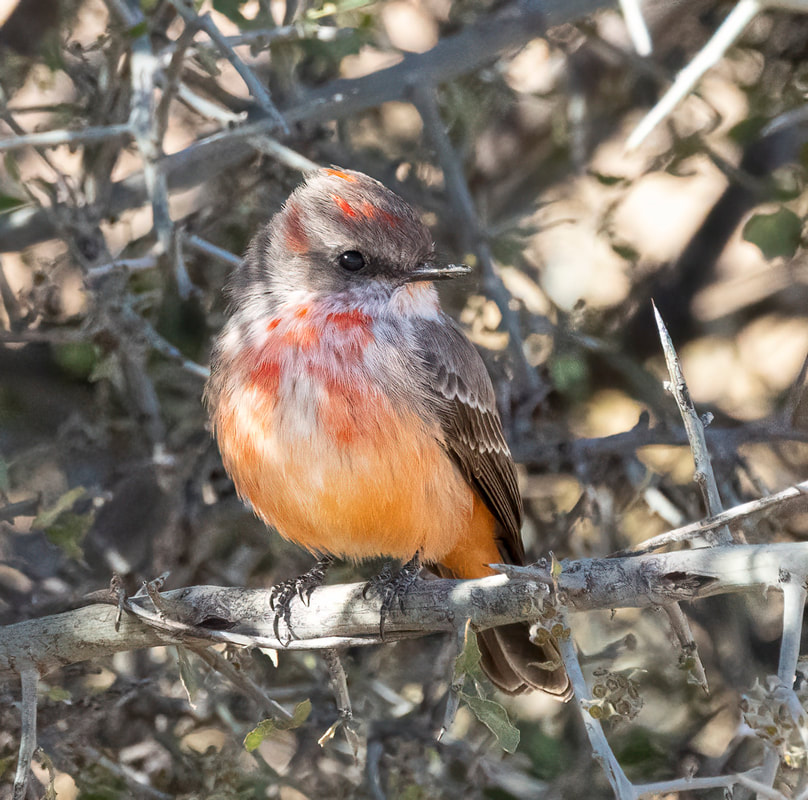

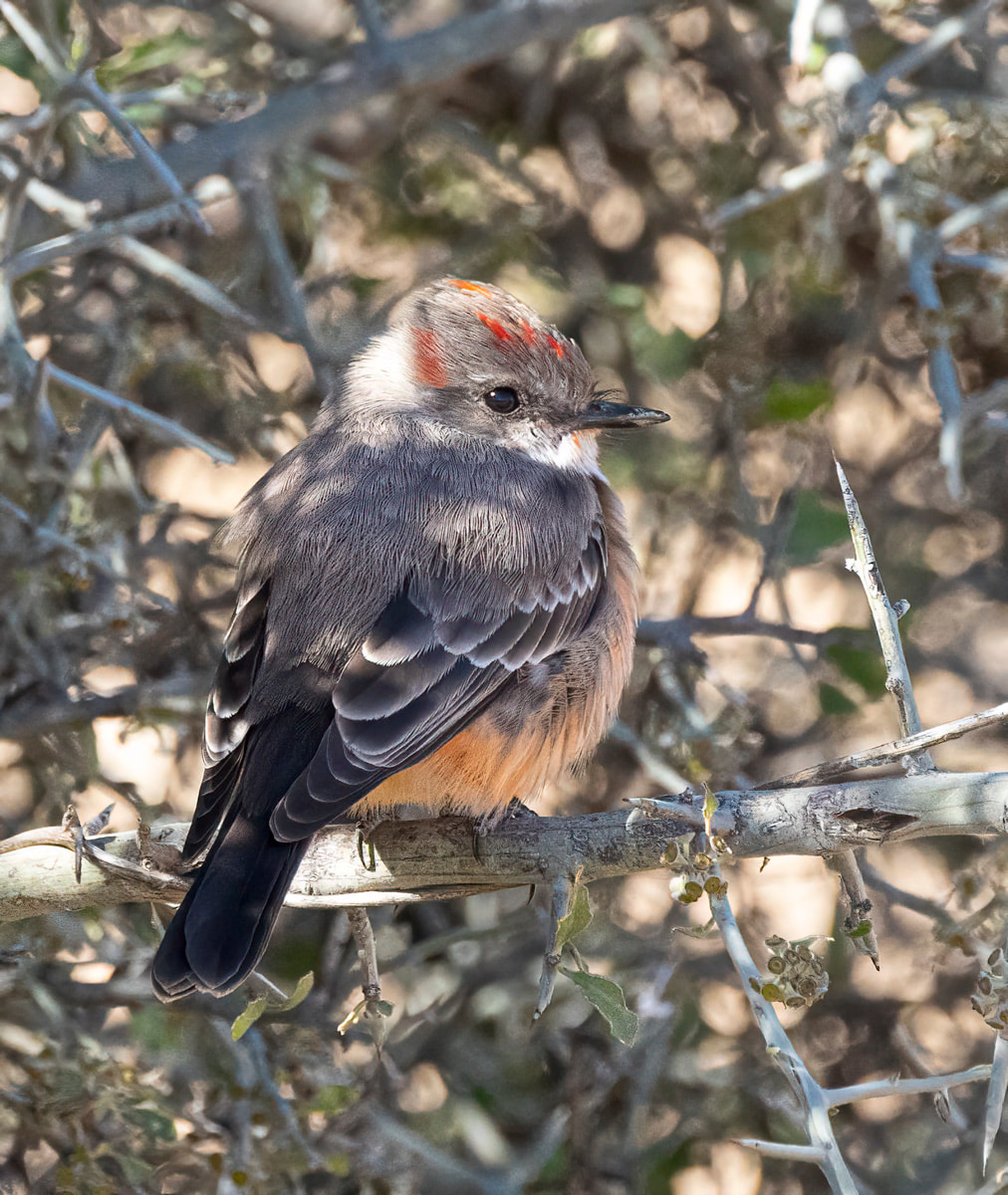
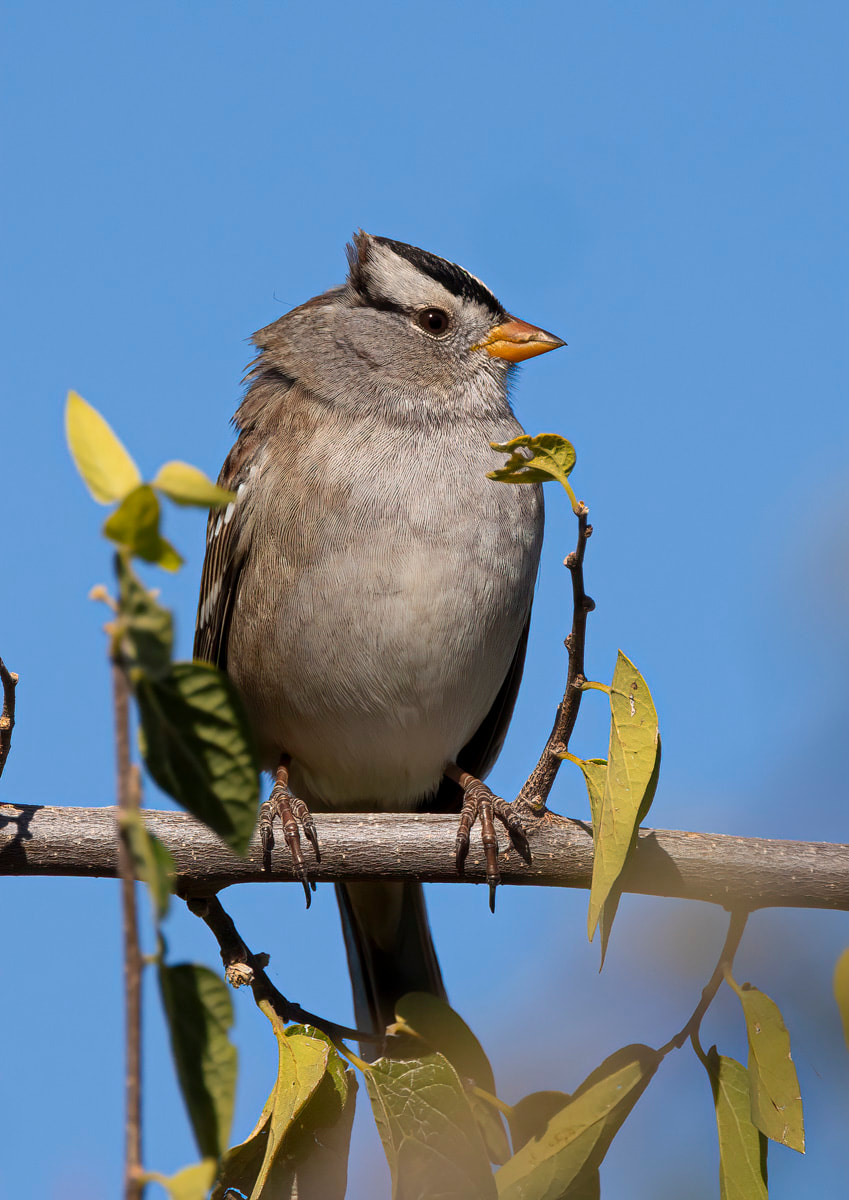
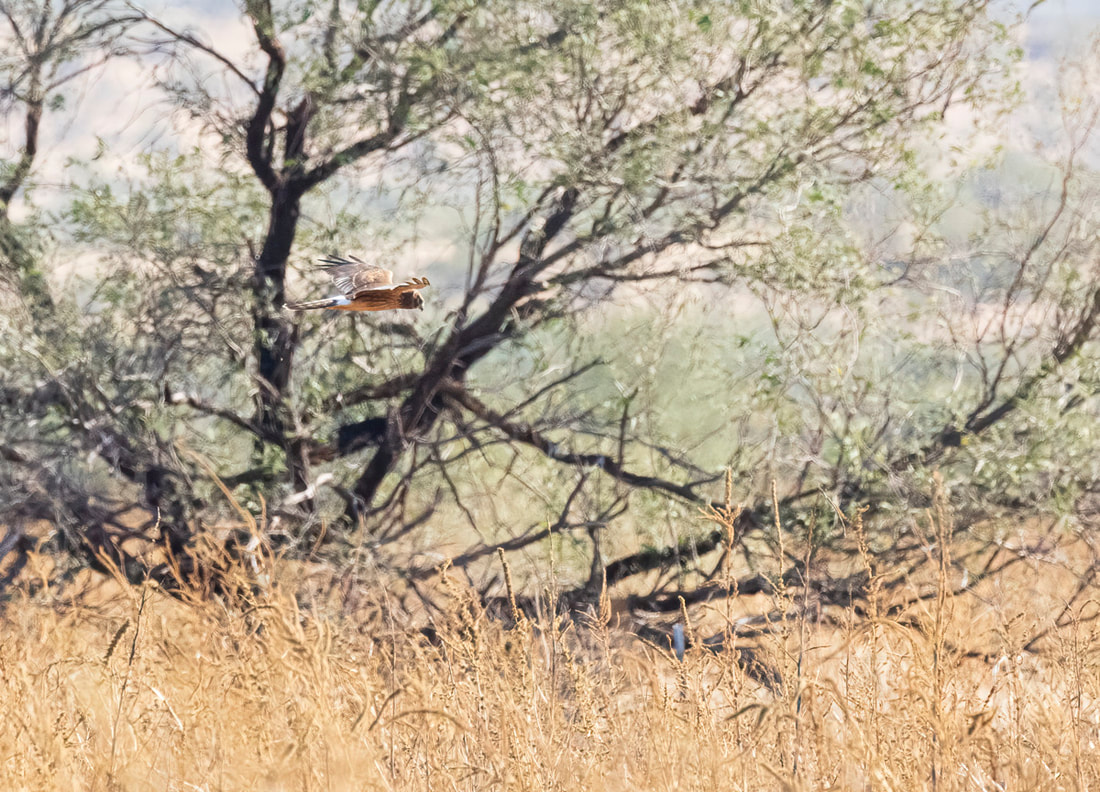
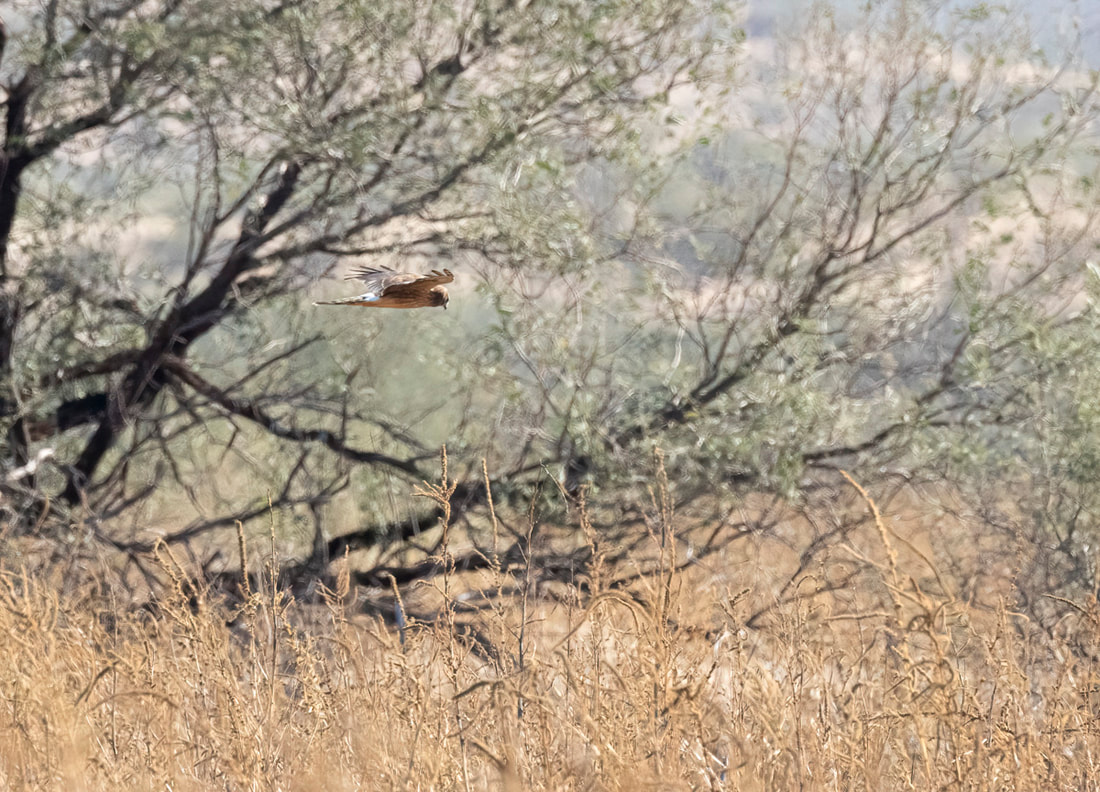
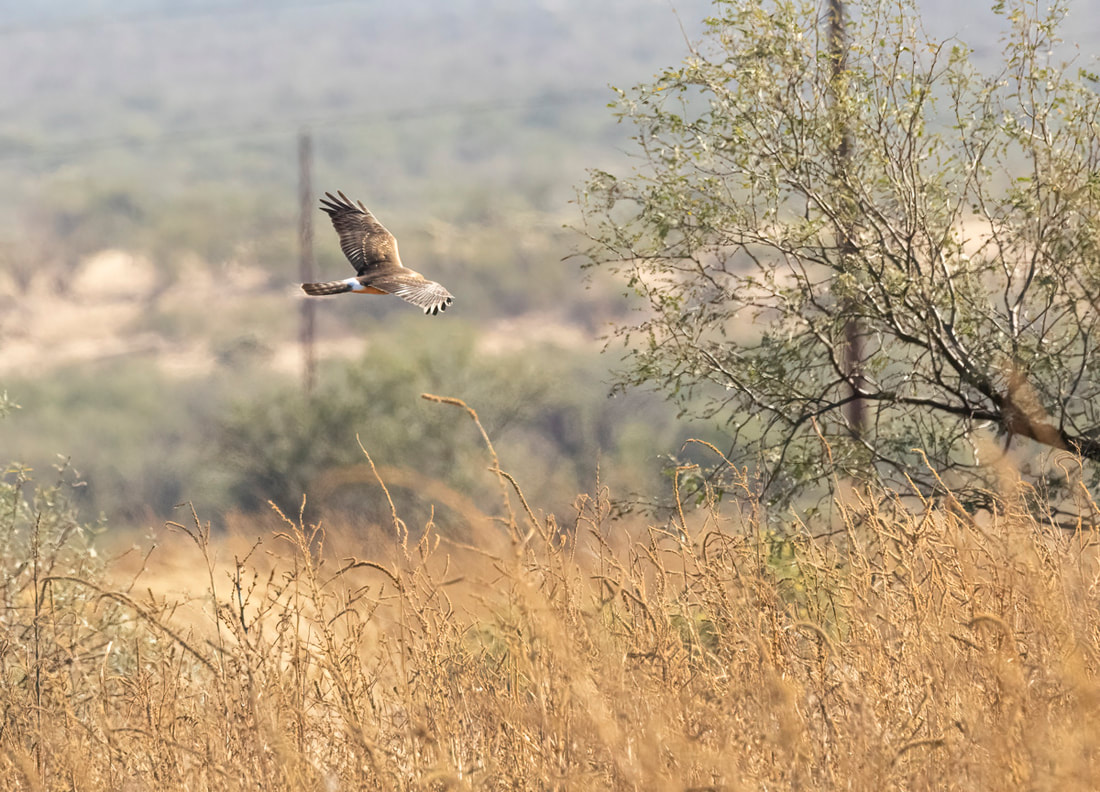
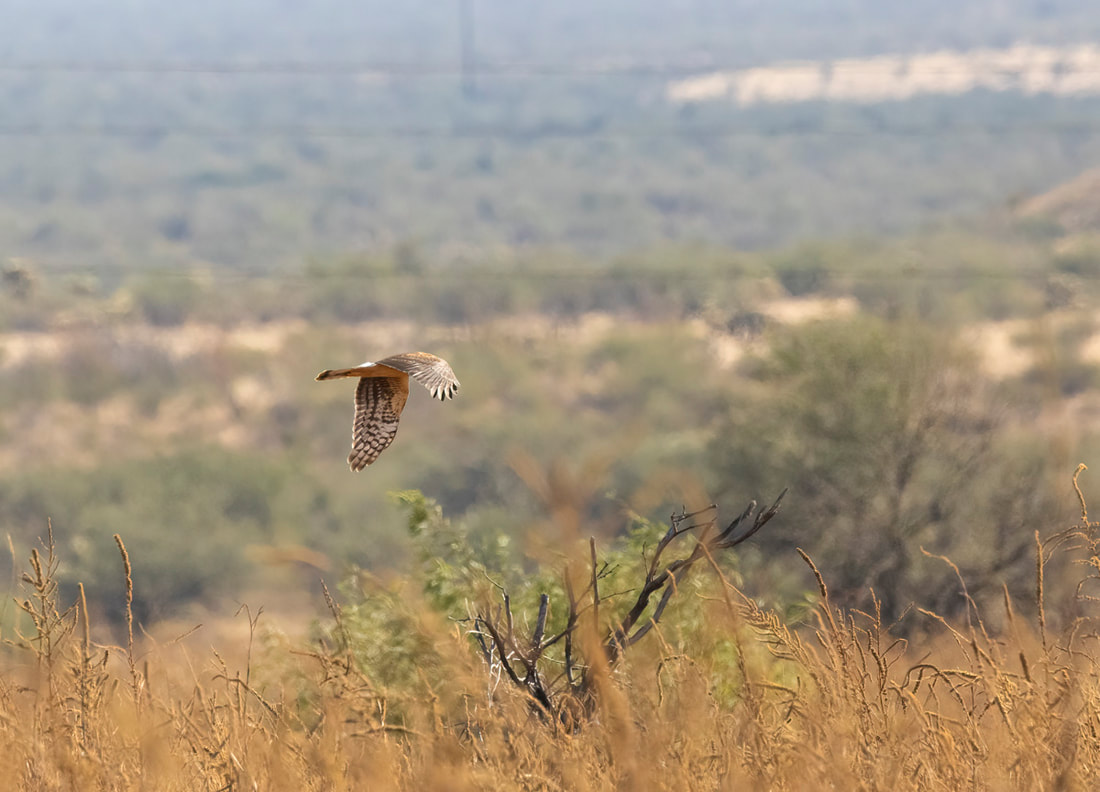
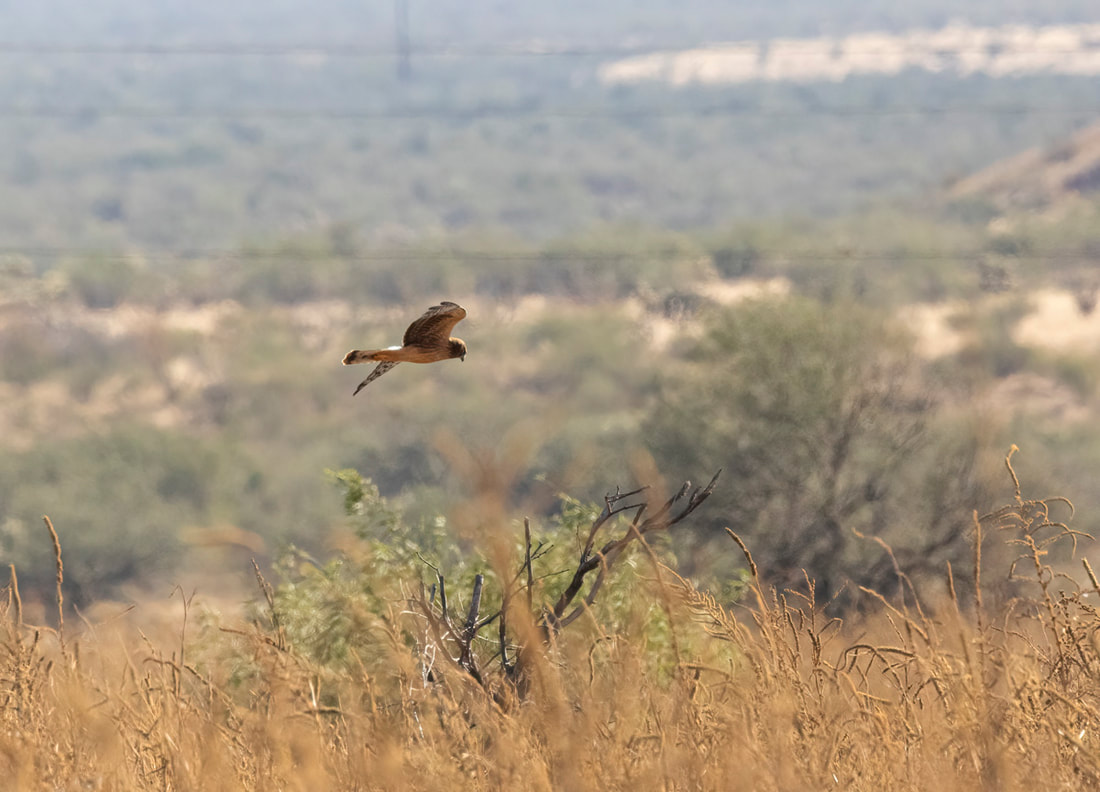
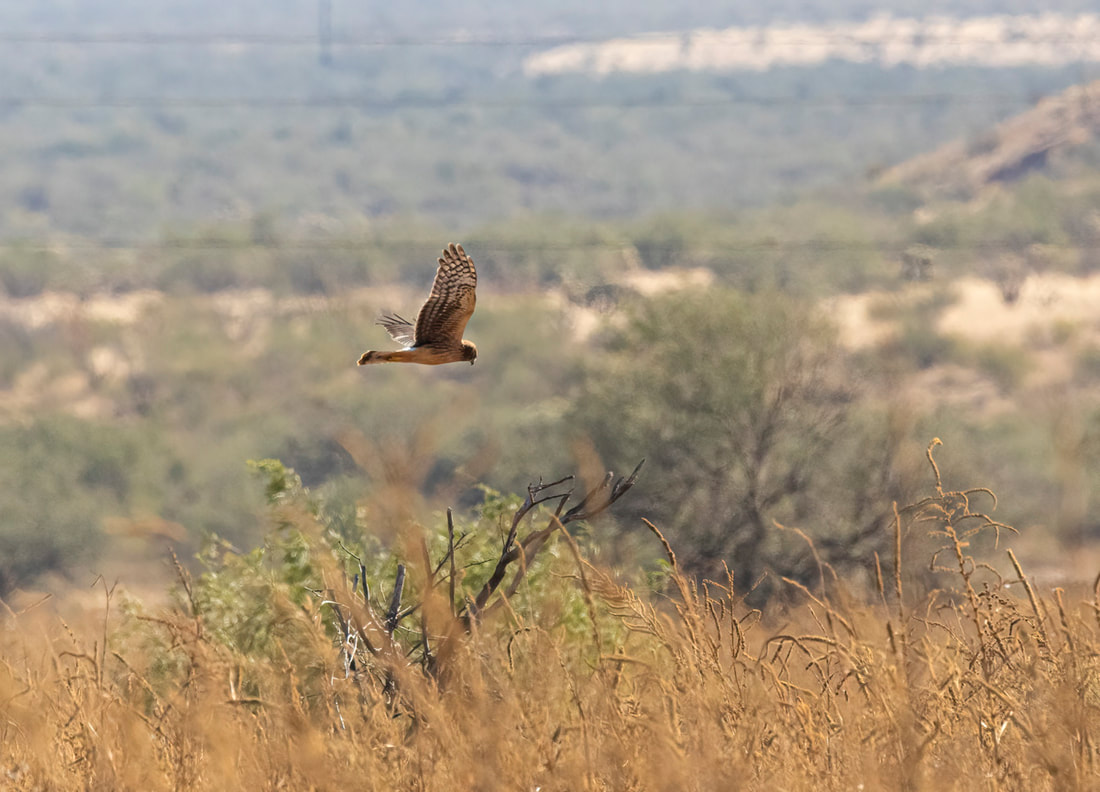
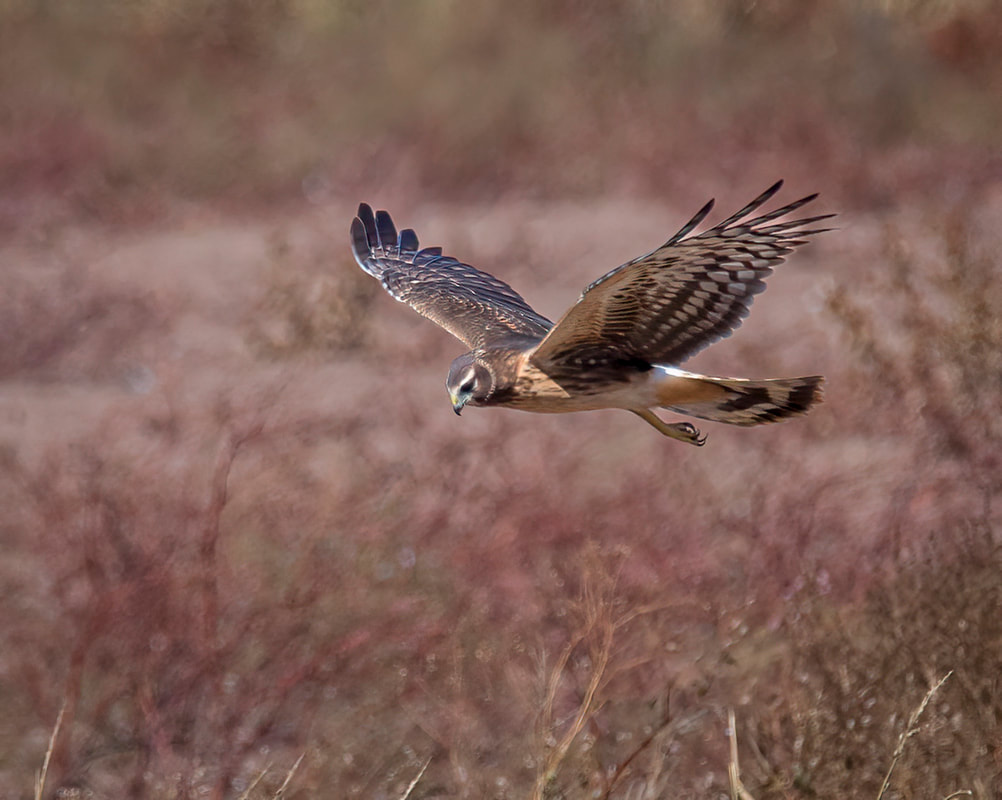
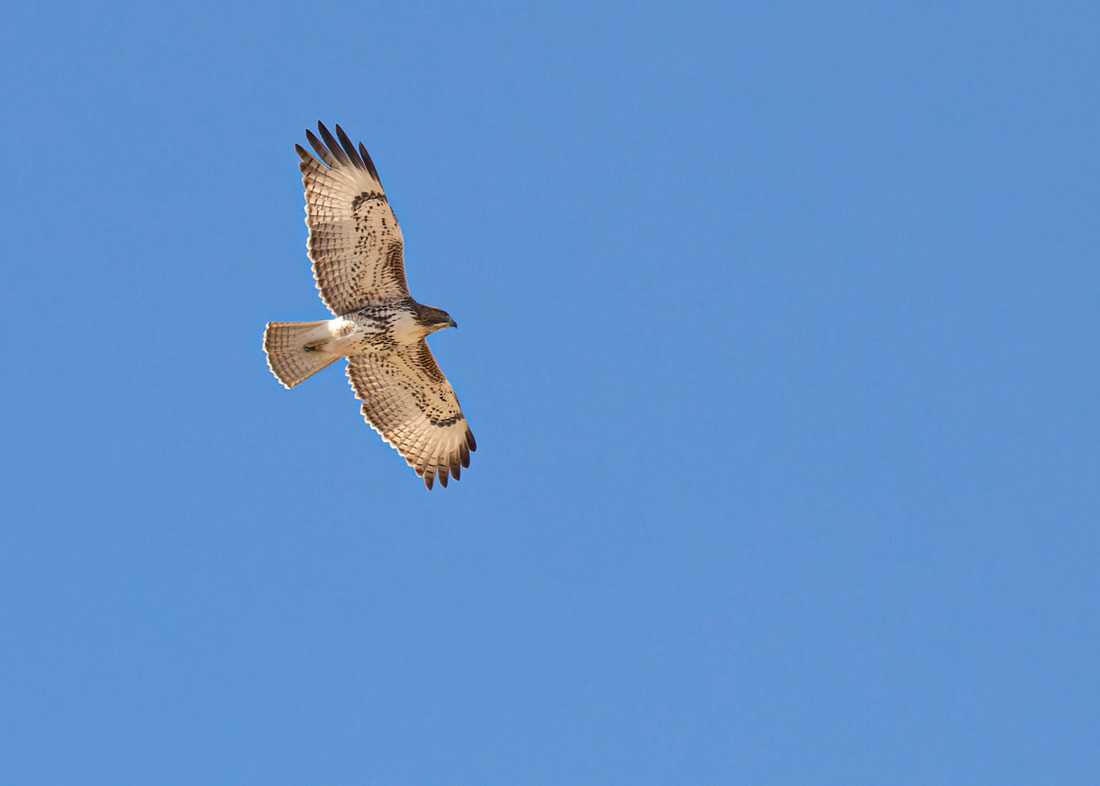
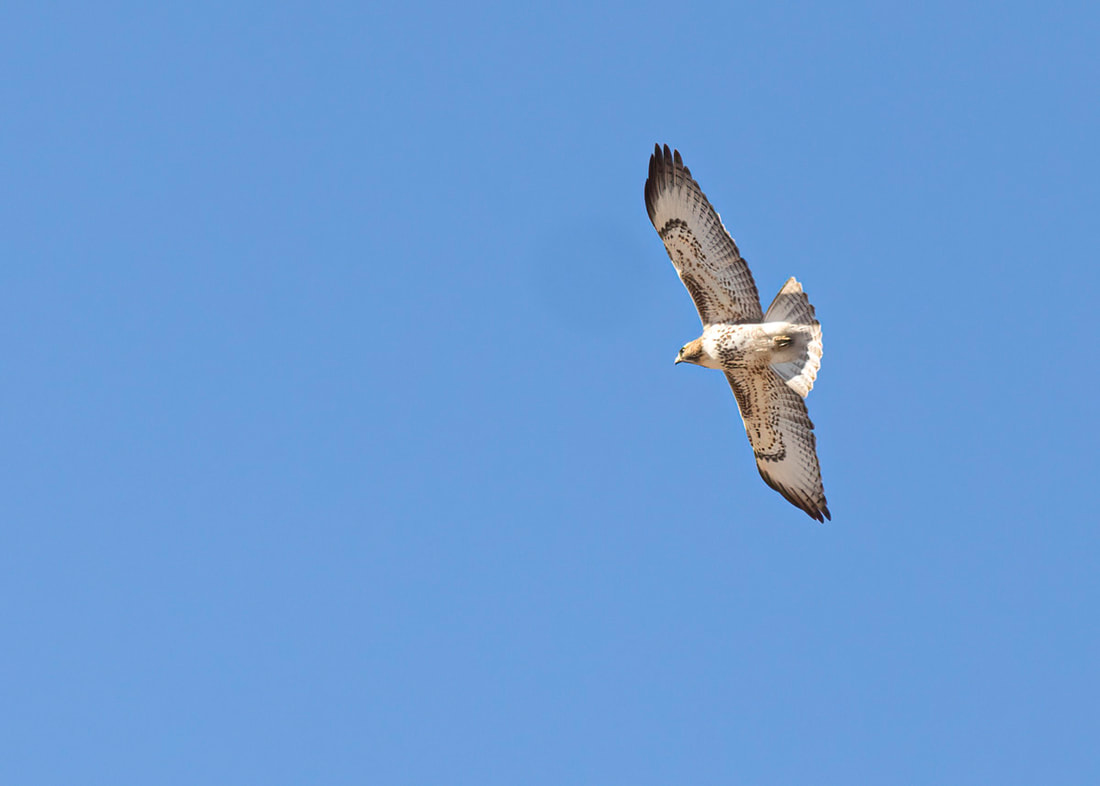
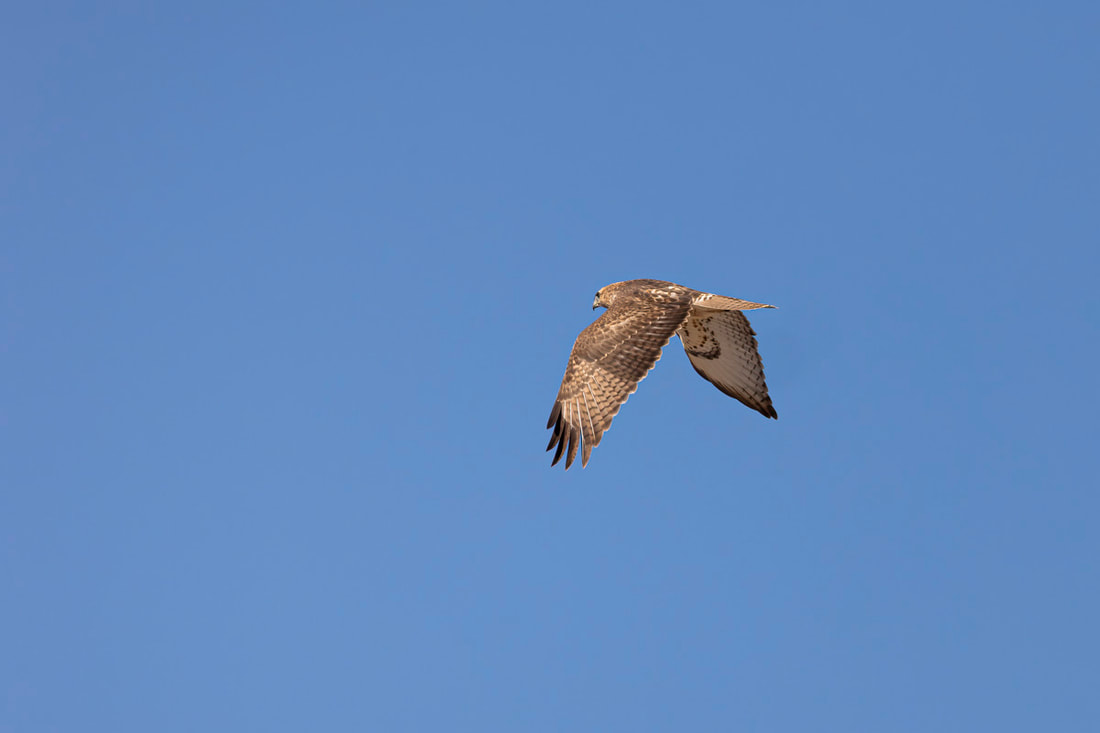
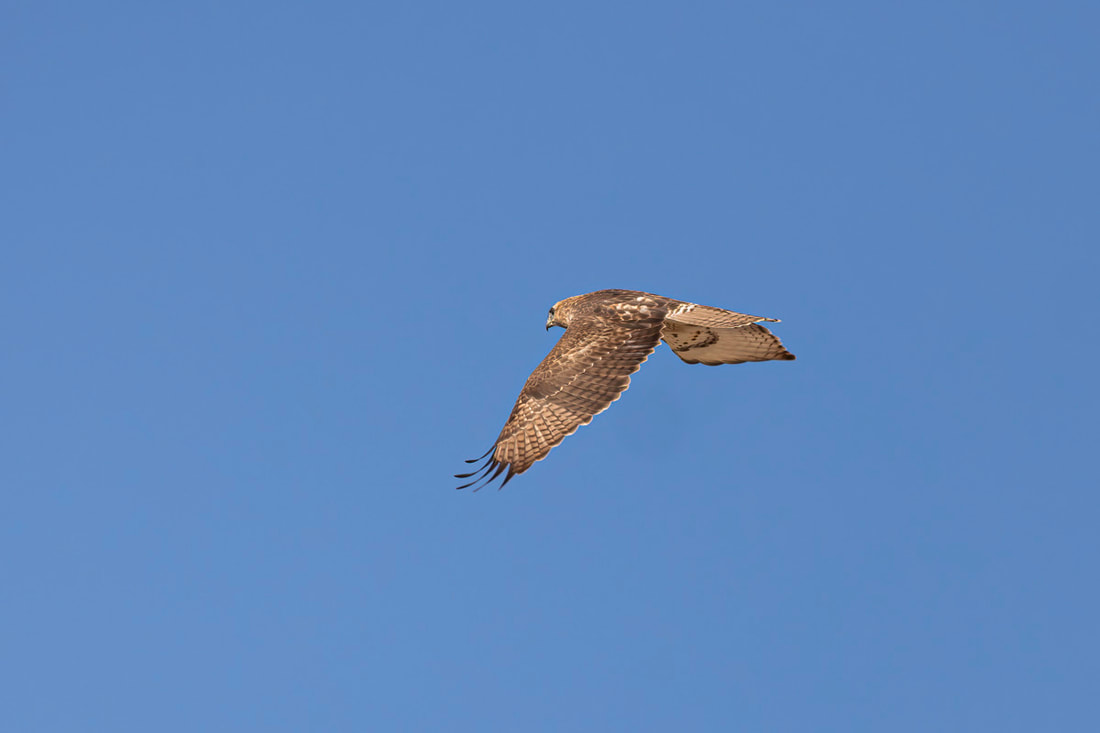
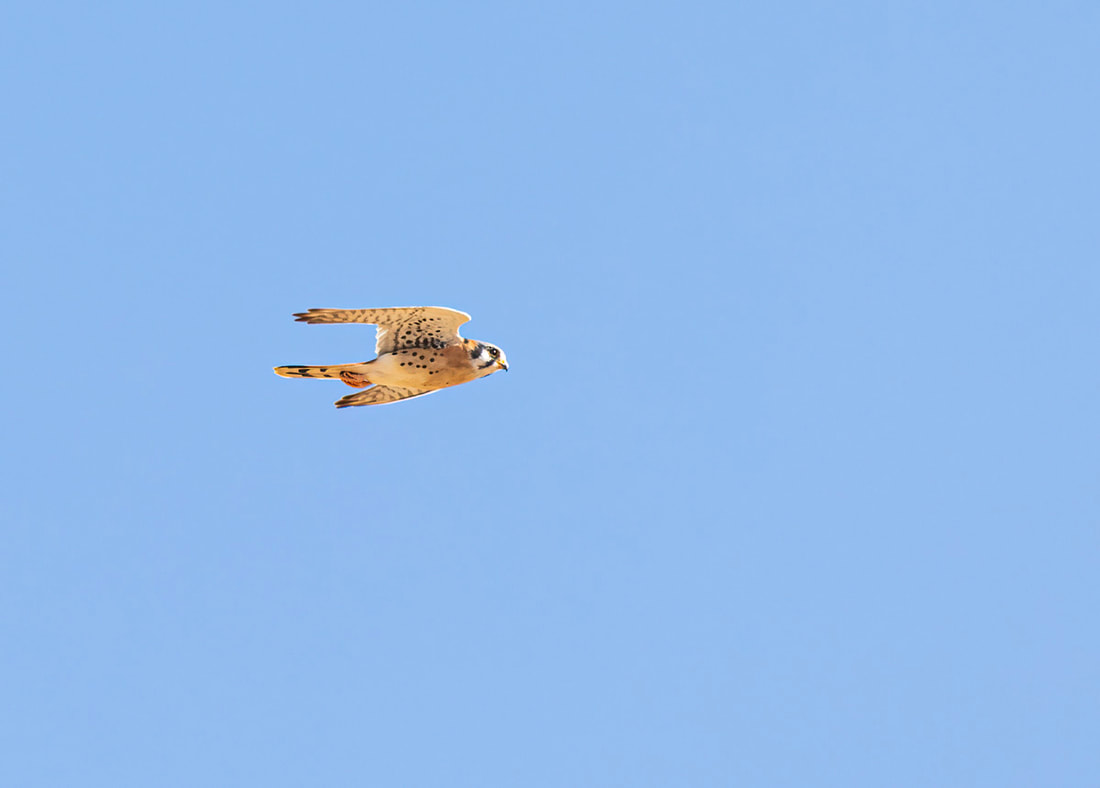
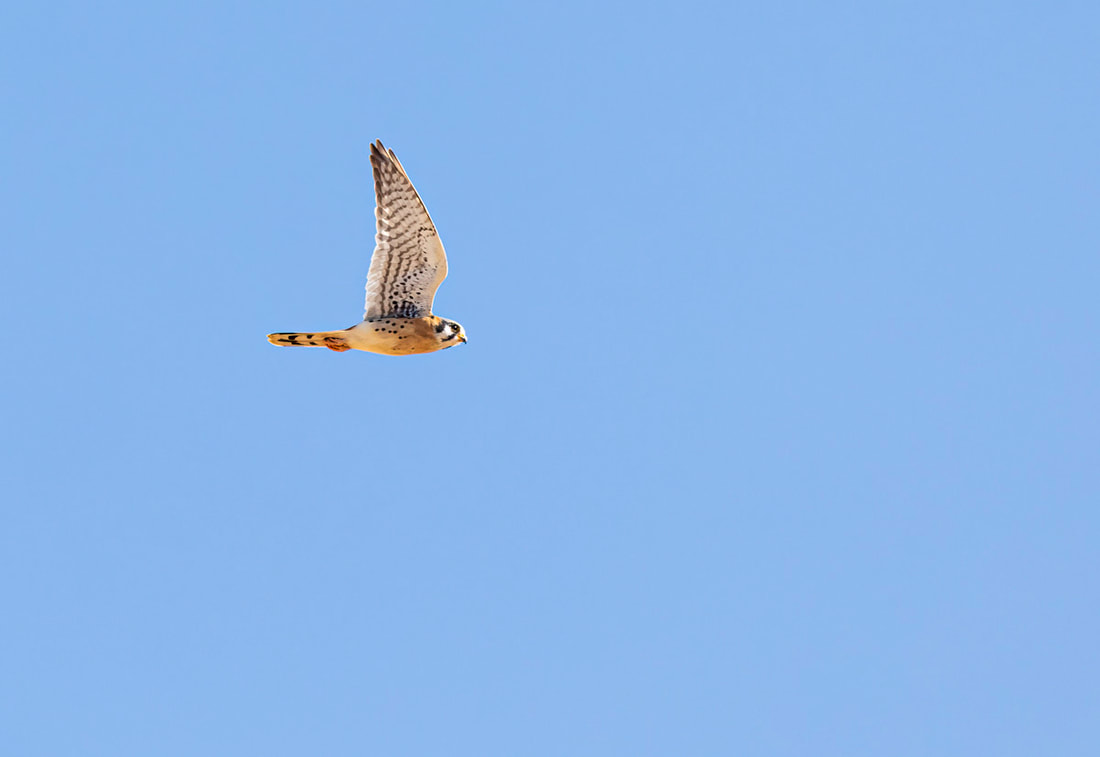
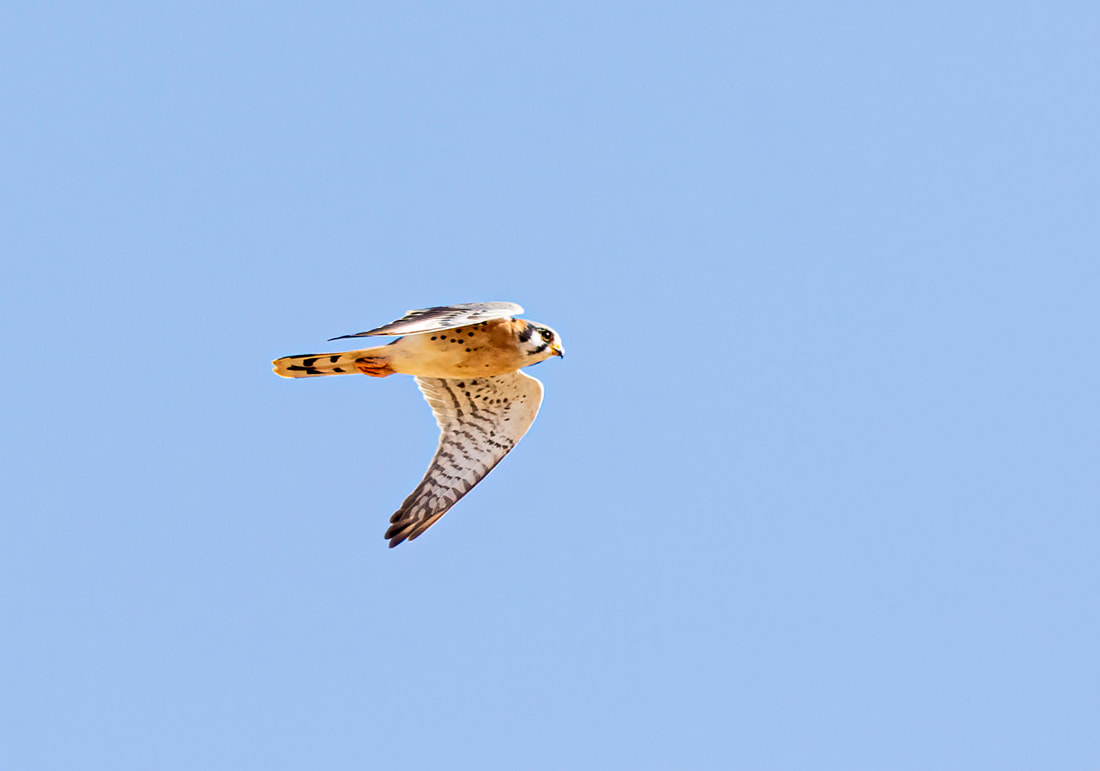
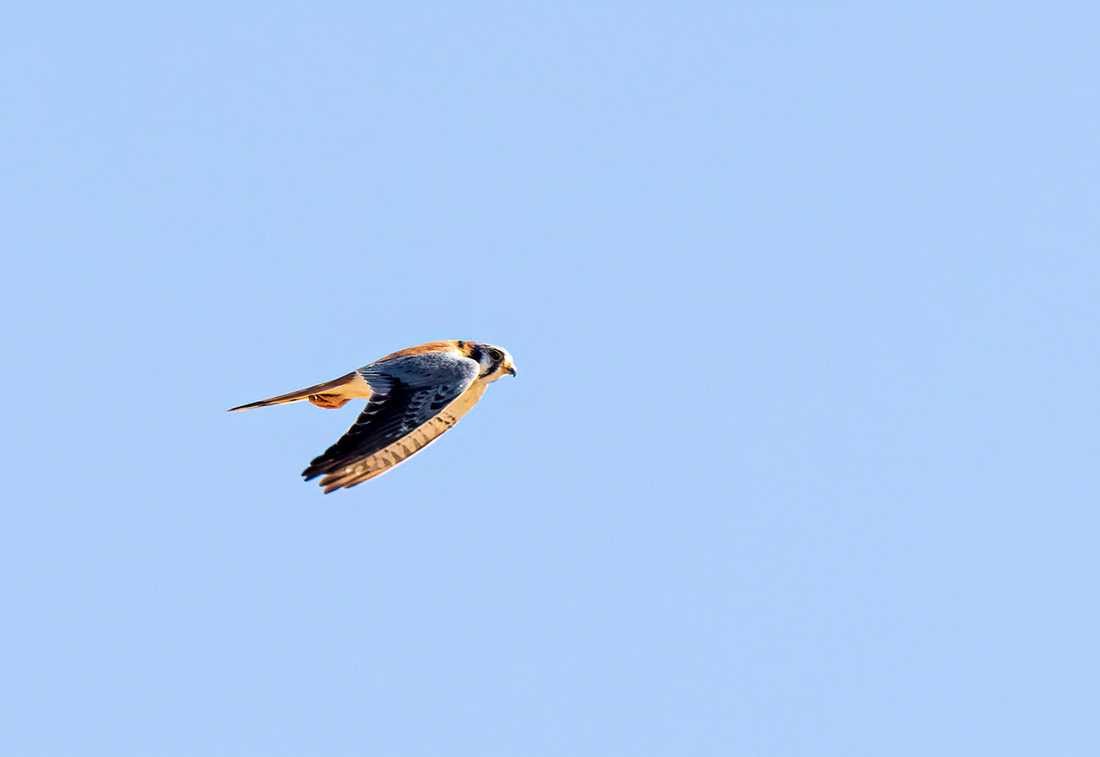
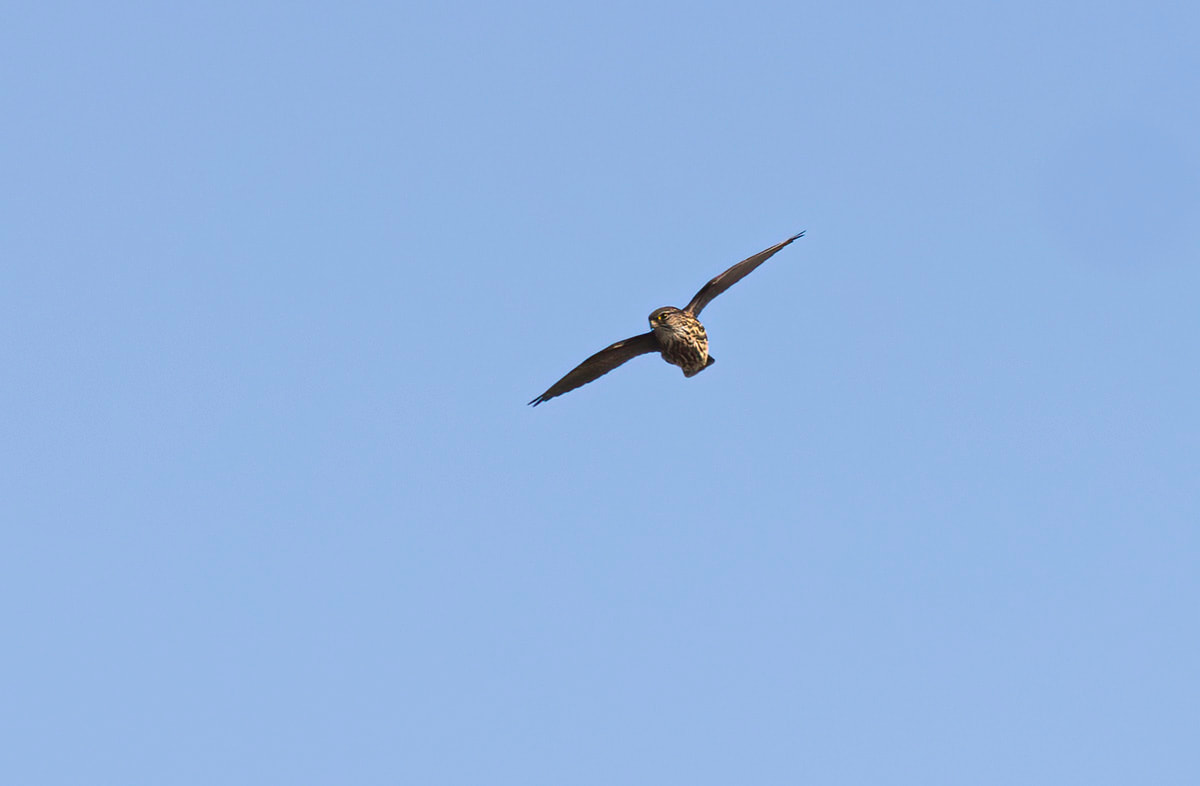
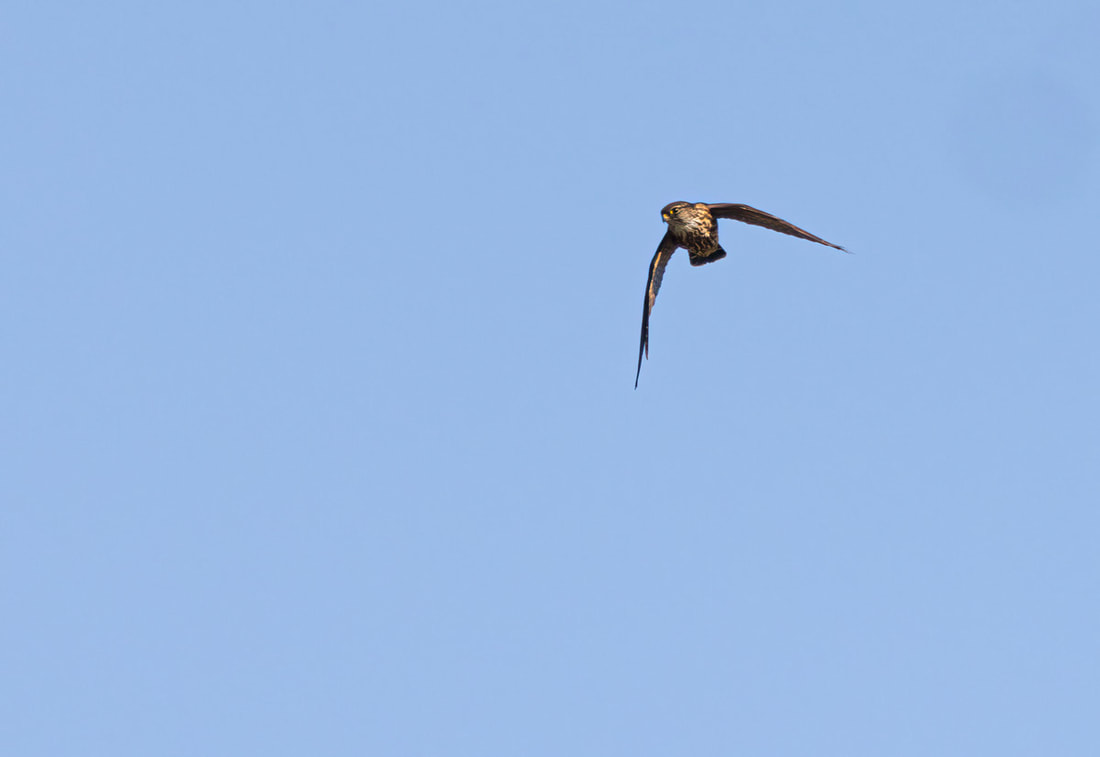
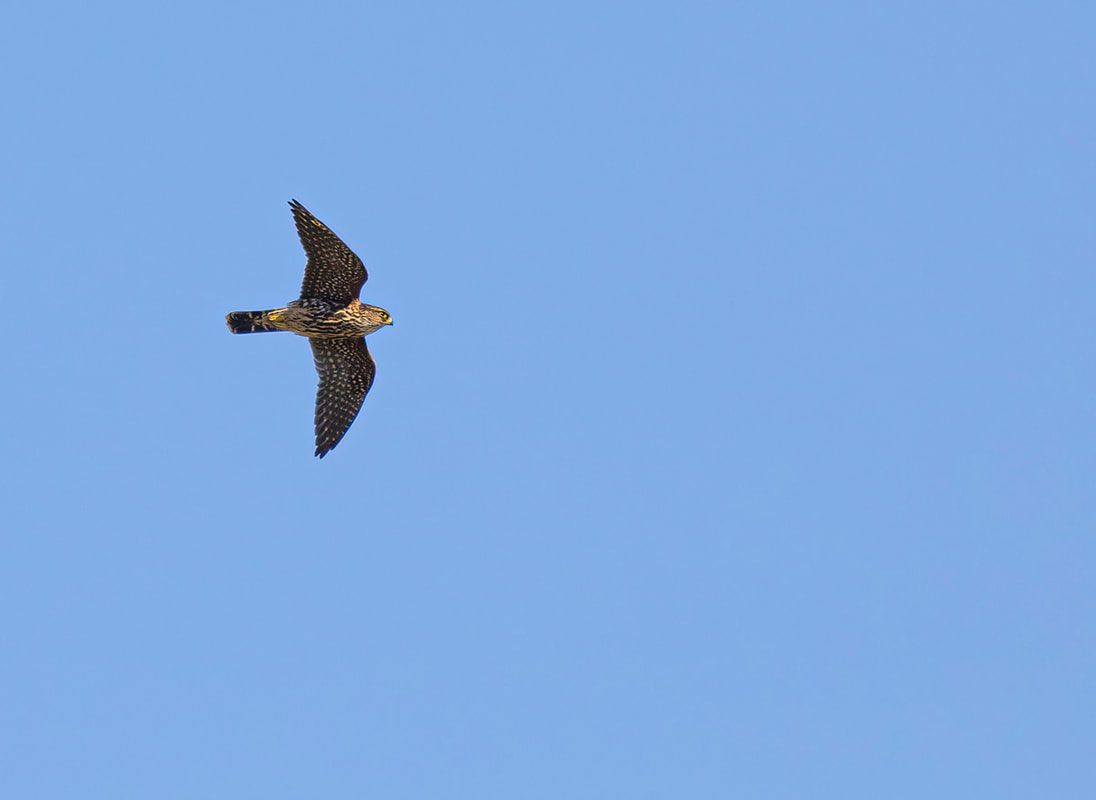
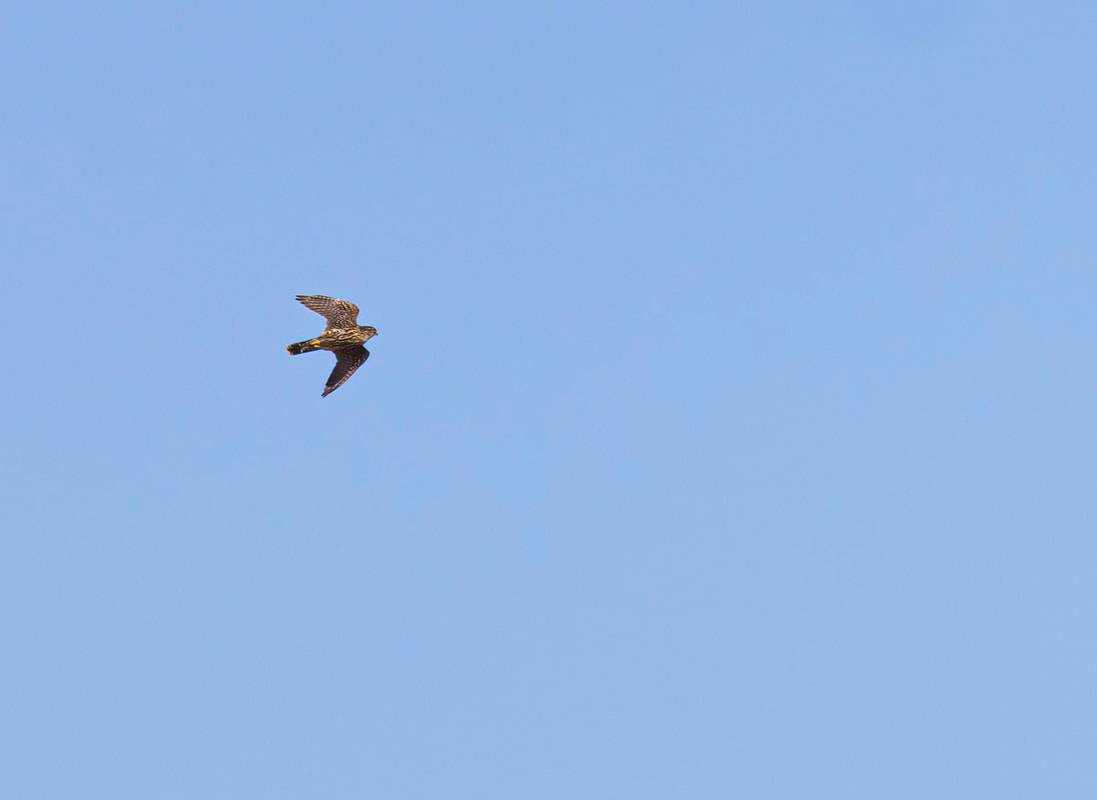
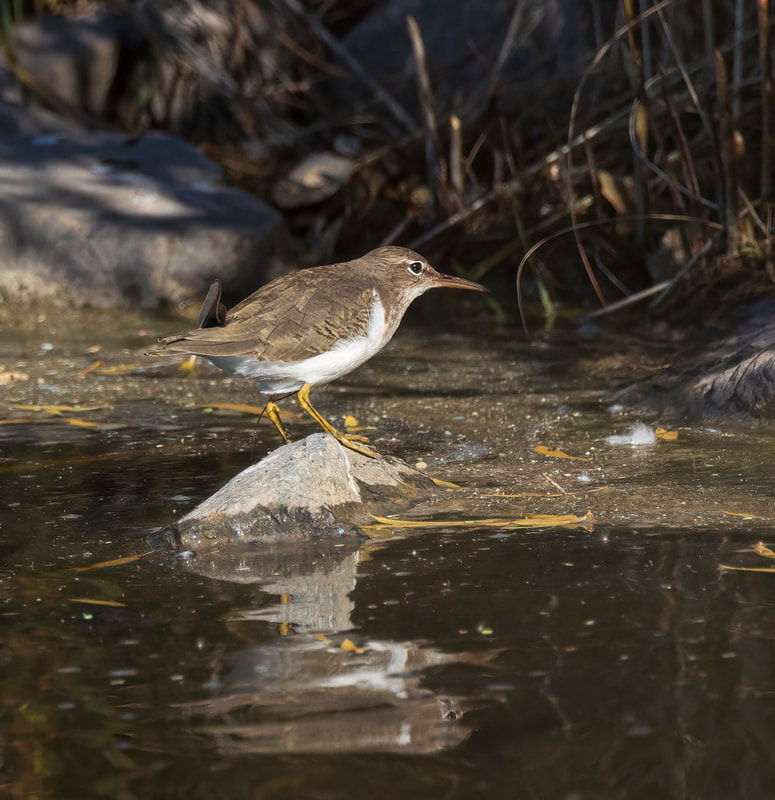
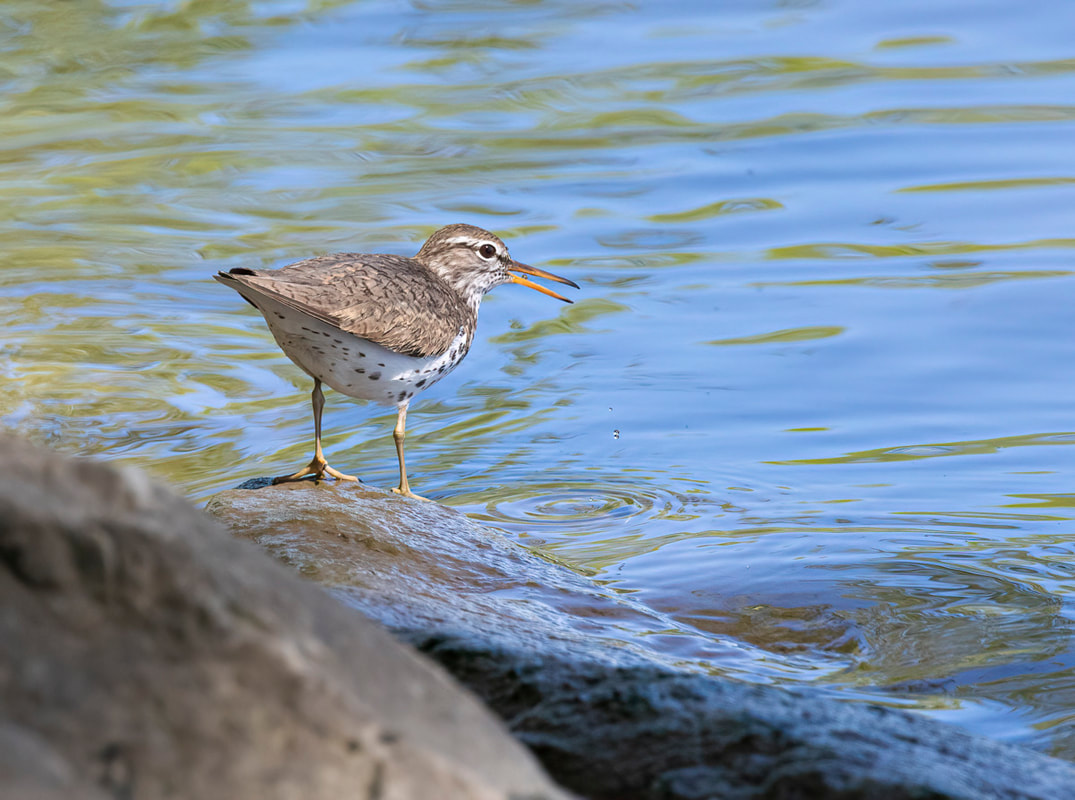
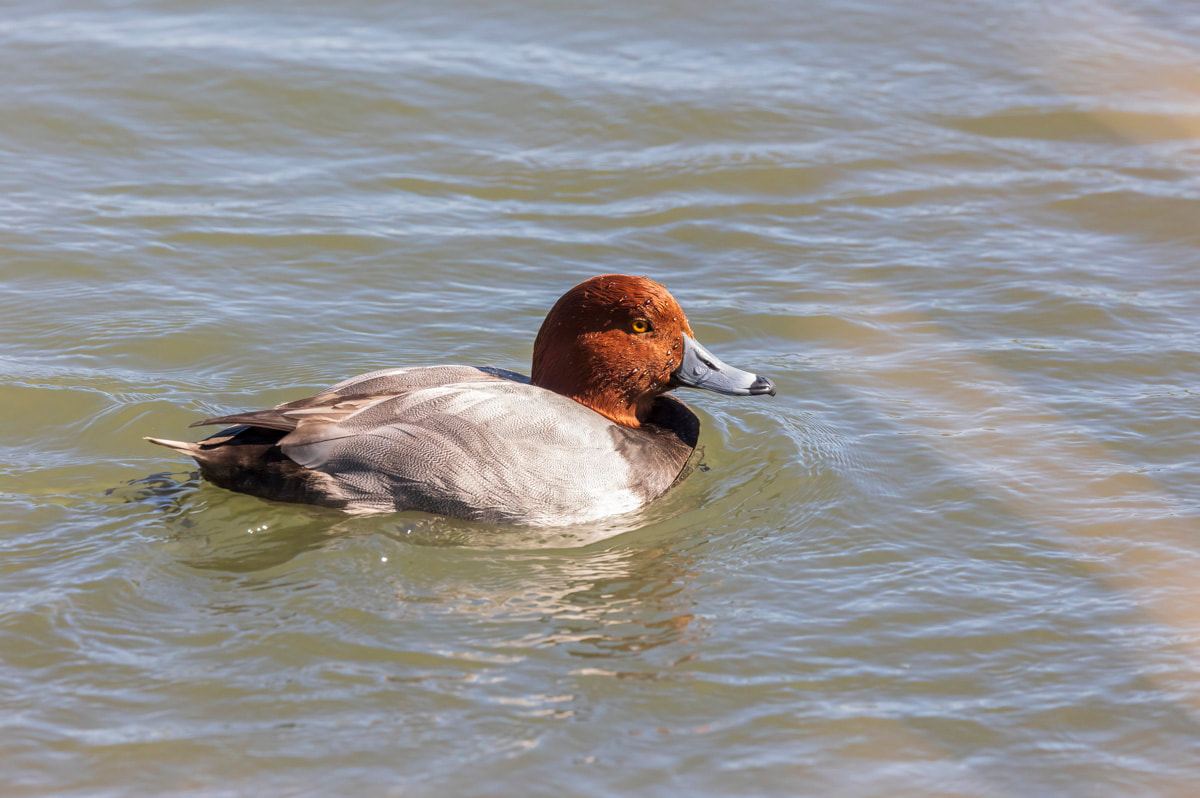
 RSS Feed
RSS Feed